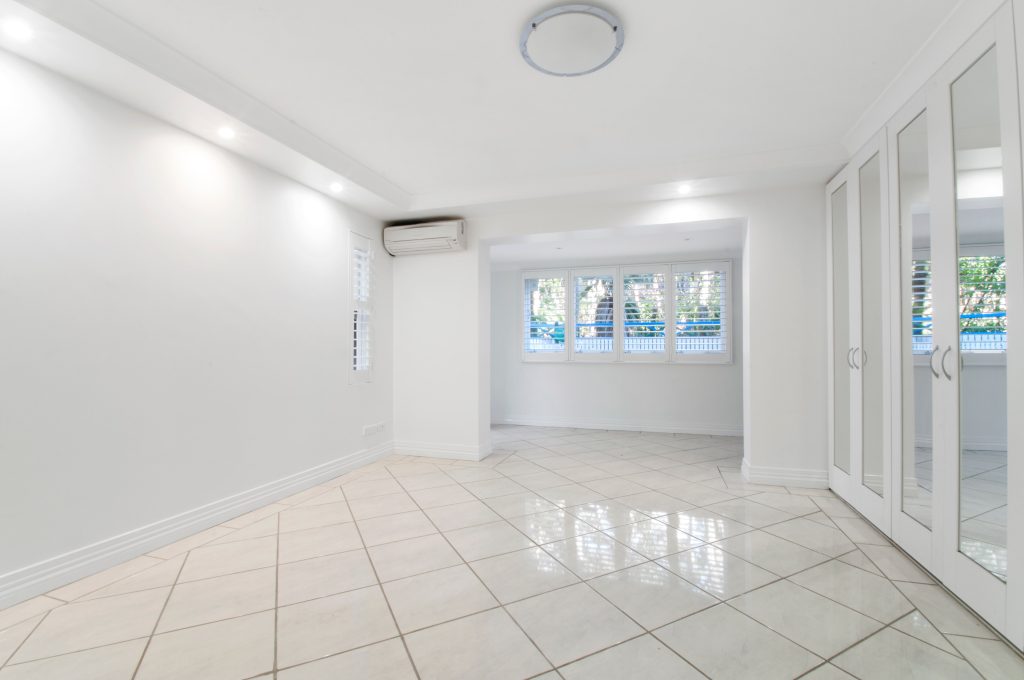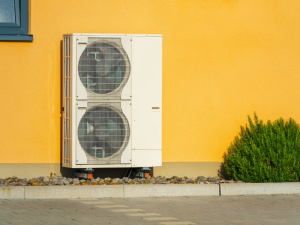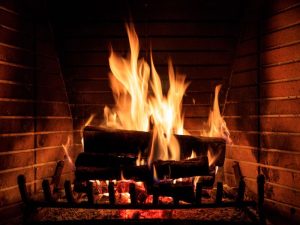Many of us have issues with uneven heating in our homes.
While you may live with the problem, you can also solve it—or at the very least reduce it—so you can enjoy your entire home while feeling comfortable in every room.
Uneven heat in the house can be a problem, no matter the season. Let’s look at some of the most typical causes of heat not evenly distributed in a house, as well as what you can do about it.
Leaking Ductwork
It’s time to inspect the air ducts after you’ve made sure your heater is working properly. A leak or crack in the ductwork could be the cause of your home’s inability to heat.
Leaking ductwork is a primary cause of uneven heating in the house, and these leaks can allow up to 30% of the hot air passing through a ventilation system to escape. So you’re not only getting uneven heating, but you’re also spending more to heat air that won’t enter the house.
Dirty, Damaged Air Filters
This is a simple problem that you can fix and avoid in the future. It is because, over time, dust and debris build up in the air filter of your system, such as a furnace or heat pump, causing unreliable and inconsistent heating in your home. If there is a time that your heater refuses to fill your home with hot air, it’s likely due to a clogged air filter.
As a result, airflow into the system will be drastically reduced, resulting in serious and nagging heating concerns. The cure for this is to replace the filthy filter with a clean one every one to three or four months to guarantee that the heater’s filter is never clogged.
Aging Heating System
Your heating system may be losing its heating capacity as it ages. Heaters that are more than 15 years old may start to fail and produce less heat. Uneven heating is a warning sign that something is happening.
Allow HVAC professionals to examine your furnace or heat pump and provide a diagnosis. A licensed technician can tell you whether you can save money by repairing the heater or if it’s better to replace it.
Damaged Zone Controls
If you own a house that has what’s called a zone control system as a way to monitor and decide where your house gets heated air, heating that is being uneven is typically an indication that this installed system is damaged or broken. Devices called dampers in the air ducts of your home that have been damaged are a frequent cause of heating problems in homes. Warm air dissipation will be hampered if a damper becomes stuck in either the closed or open position.
A different possible reason for your troubles is that a room temperature monitor installed is broken and isn’t signaling to the central thermostat to move heated air around the house. An expert can inspect your home to establish the cause of your building’s inconsistent heating if this is the case.
How To Fix Uneven Heating In House
Have Your Air Ducts Checked
When there is an air leak in your duct system, the air intended for a certain location seeps out before it can reach its destination. Your central air system will try to compensate for the lost air by working harder to compensate for the leaks in your ducts. This, in turn, can result in even more issues.
If you believe that leaks are causing your home’s uneven heating and cooling, have your ducts inspected by a professional.
Add More Insulation
Insulation in your attic serves a dual purpose: it keeps your conditioned air in, while keeping the outside air out. You may not be getting the full advantage and comfort of your valuable heat if you don’t have enough (or the right kind) of insulation.
Use The Air Vents to Reallocate Air
Is there anything blocking the vents in your home? Is it possible to tell they’re filthy simply by glancing at them? Uneven heating might occur if your vents are unable to send air where it needs to go. This might happen for various reasons, such as if your furniture is pushed up against them or if there is an accumulation of dust and debris. Use a vacuum attachment, or reorganize a room to increase airflow and prevent this from happening.
You can also direct air to specific areas by partially closing the vents on one of your home’s floors. As a result, more air will be delivered to the second story and beyond.
Switch from “Auto” to “On”
Look at the temperature on your thermostat. The fan can be set to “auto” or “on.” A few more fan control settings are available on some newer thermostats. If your home’s heating is uneven, consider switching the switch to the “on” position instead of the “auto” option.
Even after the system cycle is turned off, the fan on your system stays on and circulates air when it is in the “on” position. This helps to keep the air in your home moving and level out the temperatures between the first and second floors.
When set to “auto,” the fan only turns on when there is a need for cooling or heating, signaling your system to turn on.
Clover Contracting can help with all of your uneven heating issues. Whatever the issue is, and during whichever season it arises, we are ready to help make your home the comfortable place it should be.




